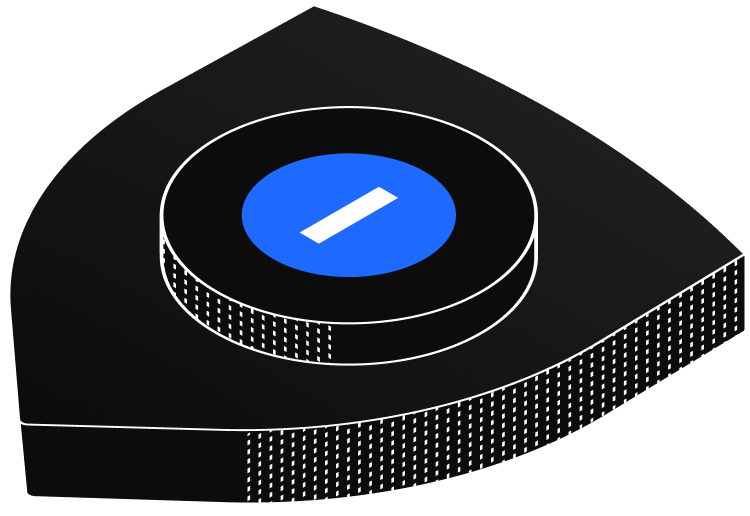Mastering Contextual Inquiries: A Researcher’s Best Friend
Contextual inquiries combine observation and interview to reveal how users work, think, and decide. Learn practical tips to plan sessions, observe quietly, and report useful data.

Contextual inquiries are one of the most valuable and insightful methods in user research. They allow researchers to collect behavioral and attitudinal data in a single session, offering an authentic view of how people work, think, and make decisions. The beauty of this method is that when something seems unclear or unexpected, you can immediately ask the participant why. It brings observation and conversation together in a way few methods can match.
Many UX professionals take time to find their rhythm with contextual inquiries, and that is completely normal. Like any skill, it improves through practice, reflection, and understanding what makes sessions productive. For researchers new to this method, here are a few tips that make a big difference.
1. Ask Participants to Save Real Work for the Session
When conducting contextual inquiries with enterprise users, timing matters. These participants often have specific tasks and deadlines, so schedule sessions during their regular workflow. Let them know you want to observe their real work, not a reenactment. Authentic behavior provides the most useful insights.
2. Embrace Silence
It can feel awkward to sit quietly while someone works, especially for new researchers. However, silence gives users space to act naturally. If you find it difficult, try practicing quiet observation or even keeping a small object to fidget with. Over time, it becomes second nature, and you will notice richer insights when you allow users to lead the moment.
3. Focus Your Reporting on What Truly Matters
Contextual inquiries generate an enormous amount of data. Sharing everything can overwhelm product teams and bury the most important findings. During your project kickoff, ask many questions to understand what the team already knows and what decisions your research should inform. Then, summarize only the most relevant insights in your final report. Clear, concise communication will make your findings more actionable.
Recommended Resources for Beginners
- Contextual Inquiry UX Research | Odette Janson
- Everything You Need to Know About Contextual Inquiries in UX Research | Playbook UX
- Remote Contextual Inquiry: Lessons Learned | Kate Kaplan
Let's connect.
Have a project in mind? Let's start the conversation.




